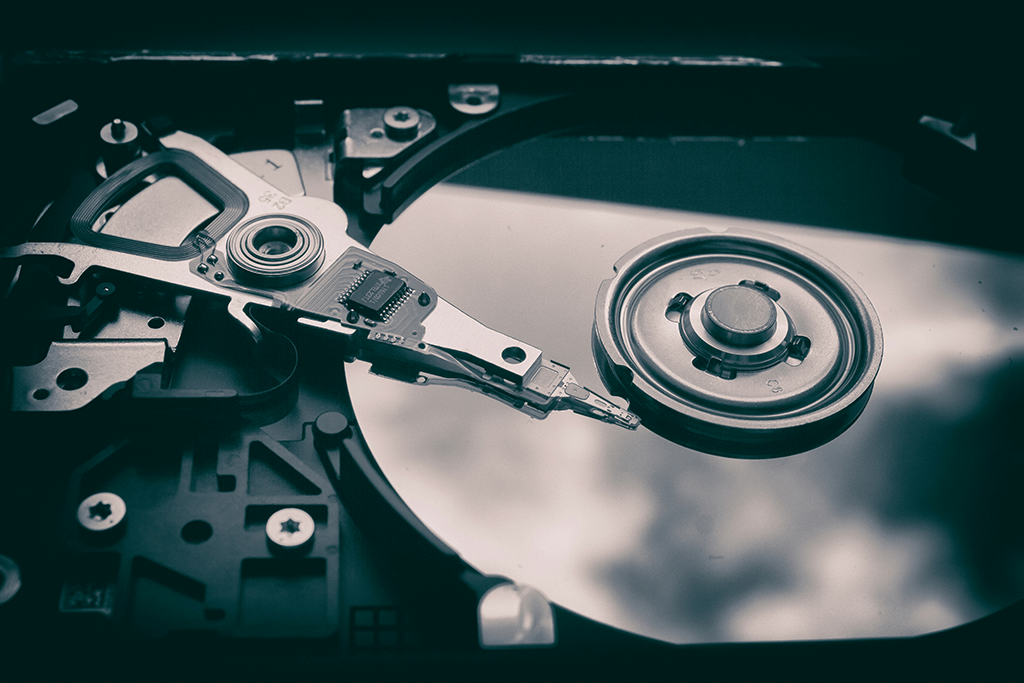Seafile Garbage Collection Guide
Seafile servers may accumulate unused “blocks” of storage over time, necessitating manual garbage collection. This guide walks you through the steps to perform this process.
Why Garbage Collection?
When files or libraries are deleted, unused blocks can remain due to Seafile’s history settings and data deduplication. These blocks aren’t automatically purged because Seafile needs to preserve them until it’s certain they are no longer needed. Running garbage collection allows Seafile to safely remove these blocks.
Steps to Perform Garbage Collection
Stop Seafile Server Processes
Before running garbage collection, stop the Seafile processes to prevent any new blocks from being mistakenly deleted
seafile-server-latest/seafile.sh stop
seafile-server-latest/seahub.sh stopThis streamlined process ensures that your Seafile server runs efficiently by removing unused storage blocks without risking data loss.
Run the Garbage Collection Script
Navigate to the Seafile directory and execute the garbage collection script:
cd /seafile/seafile-server-latest
./seaf-gc.shThe process may take some time. You’ll see output indicating the progress of the garbage collection, including details like the number of blocks processed and removed.
Review the Results
Once complete, you’ll see a list of repositories that were deleted by users and are now removed from the system.
[08/09/24 04:15:17] gc-core.c(384): === Repos deleted by users ===
[08/09/24 04:15:17] gc-core.c(392): GC deleted repo eb0ebd0a.
...
[08/09/24 04:15:59] gc-core.c(456): === GC is finished ===
seafserv-gc run doneRestart Seafile
After the garbage collection is complete, restart the Seafile processes:
seafile/seafile-server-latest/seafile.sh start
seafile/seafile-server-latest/seahub.sh startThis streamlined process ensures that your Seafile server runs efficiently by removing unused storage blocks without risking data loss.
Photo by Patrick Lindenberg on Unsplash
